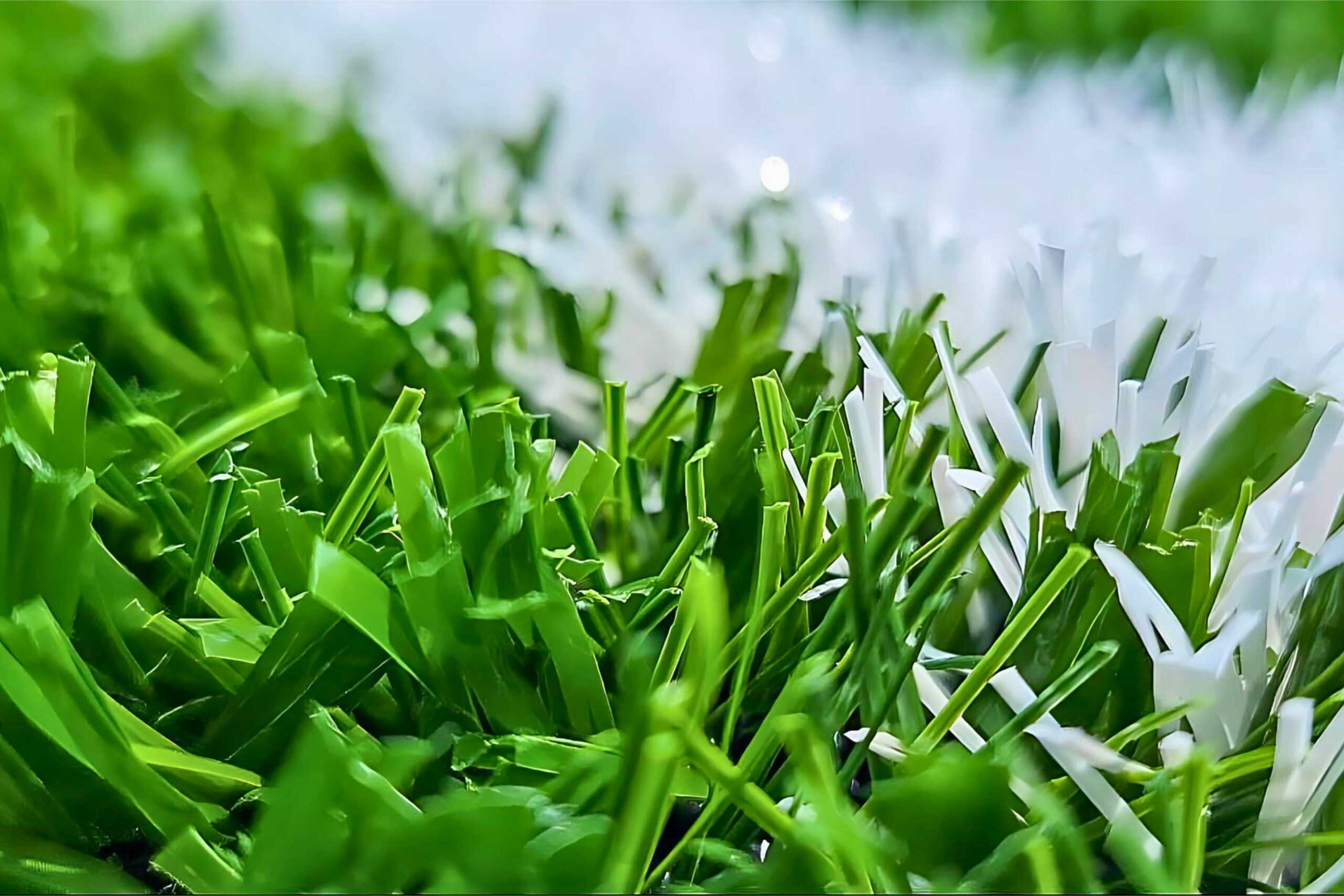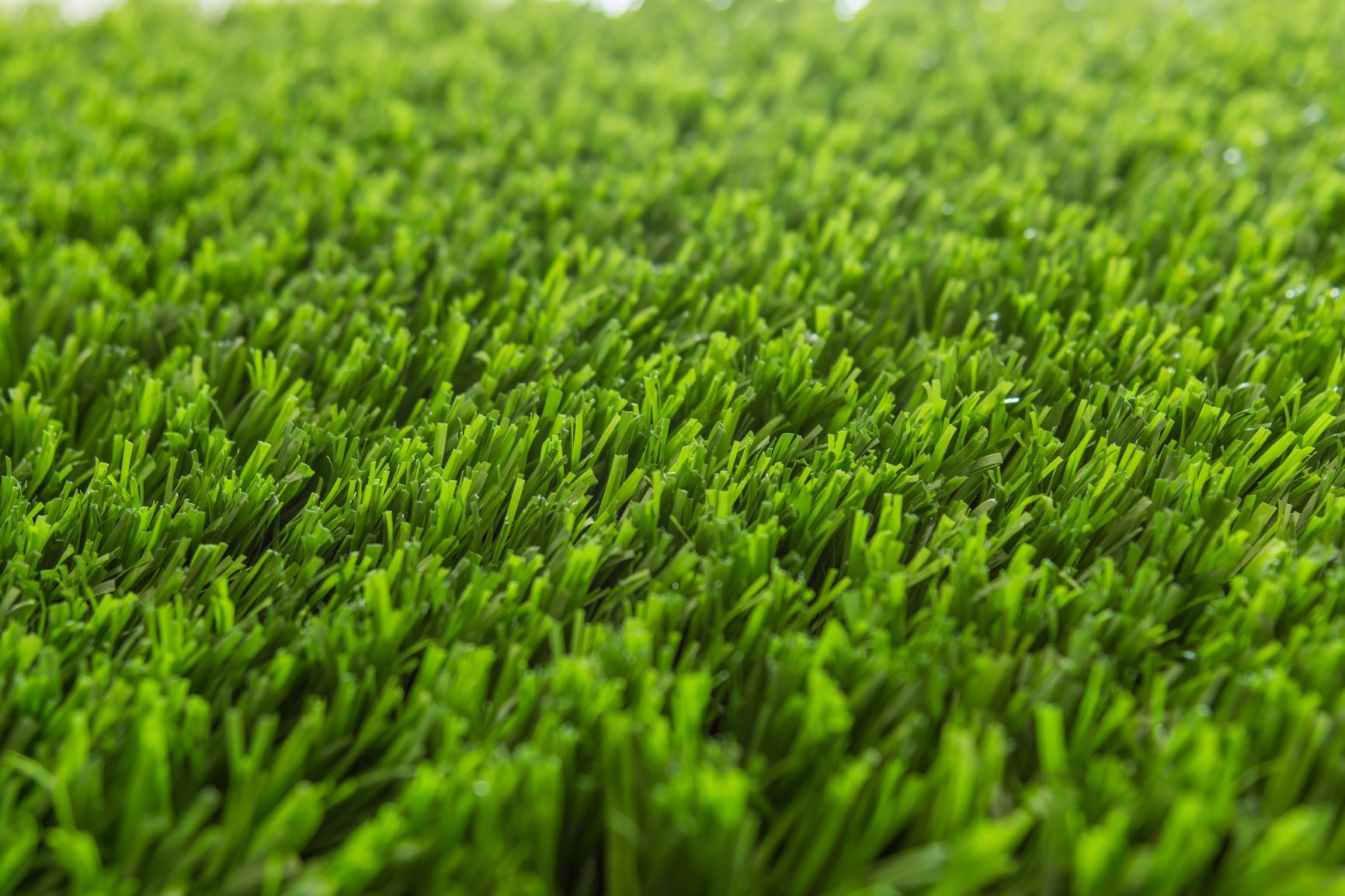Skilled Arizona Turf Installation Solutions for Home and Business Use
Skilled Arizona Turf Installation Solutions for Home and Business Use
Blog Article
Explore the Environmental Perks of Opting for Synthetic Grass Solutions
The fostering of synthetic lawn options offers an engaging possibility to deal with pressing environmental obstacles. By substantially decreasing water use and lessening the application of dangerous chemicals, these alternatives not only promote lasting landscape design however also safeguard neighborhood environments.
Water Conservation Advantages
One of the most significant advantages of fabricated turf is its ability to conserve water. In comparison, man-made grass does not need watering, significantly lowering the overall demand for water sources.
By removing the demand for routine watering, synthetic lawn contributes to lasting landscape techniques and helps reduce the ecological influence of excessive water usage. The preservation of water extends to the decrease of overflow, which can lead to dirt erosion and river air pollution.
Additionally, the installation of fabricated lawn allows home owners and towns to designate water resources extra effectively, focusing on crucial uses such as drinking water and agriculture. The change in the direction of synthetic lawn not only promotes responsible water usage however additionally straightens with broader environmental objectives intended at maintaining natural deposits.
As communities significantly focus on sustainability, the water preservation benefits of artificial grass present an engaging situation for its fostering in residential and business landscaping jobs.
Minimized Chemical Use
The change to synthetic grass significantly decreases the reliance on chemical therapies frequently used in all-natural grass upkeep. Traditional turf management normally involves the application of herbicides, fertilizers, and chemicals to advertise development and control parasites. These chemicals can pose risks to human health, regional wild animals, and the environment, adding to soil and water contamination.
On the other hand, synthetic grass removes the need for these harmful materials. When mounted, it needs minimal maintenance, primarily including normal cleaning and occasional infill replenishment. This decrease in chemical usage not just profits the immediate environment however likewise adds to wider eco-friendly security. By reducing the release of synthetic compounds into the environment, synthetic grass advertises much healthier soil and water supply.
Additionally, the absence of chemical runoff connected with fabricated turf installments aids protect regional waterways from air pollution, supporting water life and maintaining biodiversity. Arizona artificial turf. As neighborhoods increasingly prioritize lasting techniques, selecting synthetic grass provides a viable solution that aligns with environmental conservation goals. Through this shift, homeowner can enjoy lavish environment-friendly spaces without endangering environmental health, leading the means for an extra sustainable future
Reduced Carbon Impact

In addition, the installment of synthetic grass can lead to significant water conservation. Natural yards need substantial quantities of water for watering, which not only contributes to the carbon impact linked with water extraction and treatment however likewise strains local water sources. On the other hand, fabricated grass needs very little upkeep, calling for no watering, thereby considerably reducing water usage and its connected energy costs.
Furthermore, the longevity of man-made turf adds to its lower carbon influence. With a life-span of as much as 15 years or even more, the demand for regular replacements is decreased, resulting in much less waste and lower power intake in production and dealing with typical yard alternatives. On the whole, synthetic grass presents a lasting option for environmentally mindful landscape design.
Environment Preservation
Habitat preservation is an important consideration in the debate over landscape design options, particularly when contrasting synthetic grass to all-natural turf. All-natural yard lawns often call for extensive upkeep, including using fertilizers, herbicides, and chemicals, which can detrimentally influence local communities. These chemicals can leach right into the dirt and rivers, hurting indigenous flora and animals and interrupting great site local habitats.
Artificial grass gets rid of the need for hazardous chemicals, thereby shielding neighboring wildlife and maintaining the integrity of bordering environments. The installment of man-made grass can lead to the conversion of former grass areas into even more biodiverse landscapes, such as pollinator gardens or indigenous plant locations, which can sustain regional wildlife.
Eventually, the transition to man-made grass not only saves water and decreases maintenance initiatives however likewise fosters a much more unified partnership between human tasks and the native environment, promoting environment conservation at the same time.
Long-Term Sustainability
Long-term sustainability is an essential consider evaluating the advantages of man-made grass over typical grass yards. One of the most considerable benefits of synthetic turf is its toughness; it can last approximately 15-20 years with minimal maintenance, whereas natural turf calls for constant reseeding and replacement. This durability decreases the demand for consistent resources, such as water, fertilizers, and chemicals, which are vital for keeping a healthy yard yard.
In addition, synthetic grass adds to a decrease in carbon emissions related to yard care tools. Traditional grass usually require gas-powered mowers, trimmers, and blowers, every one of which contribute to air pollution. Arizona artificial turf. In contrast, fabricated lawn eliminates the requirement for such tools, useful content advertising a cleaner environment
Additionally, the manufacturing of synthetic grass progressively uses recycled materials, enhancing its sustainability profile. As manufacturers embrace green methods, the environmental footprint of synthetic grass proceeds to diminish.

Final Thought
The fostering of synthetic grass options presents significant environmental benefits, including considerable water preservation, reduced dependence on unsafe chemicals, and a reduced carbon impact. Synthetic turf help in maintaining natural habitats by reducing land disruption and promoting long-lasting sustainability via the use of long lasting products. Collectively, go to the website these elements emphasize the potential of fabricated turf to contribute favorably to ecological health and supply a viable choice to traditional landscaping methods in an increasingly resource-conscious world.
In comparison, synthetic grass does not require watering, considerably decreasing the general demand for water resources. By reducing the release of synthetic substances right into the community, artificial grass advertises much healthier dirt and water systems.
Furthermore, the installment of man-made lawn can result in considerable water conservation. In contrast, man-made grass requires marginal upkeep, requiring no watering, therefore significantly reducing water usage and its linked energy expenses.
Report this page